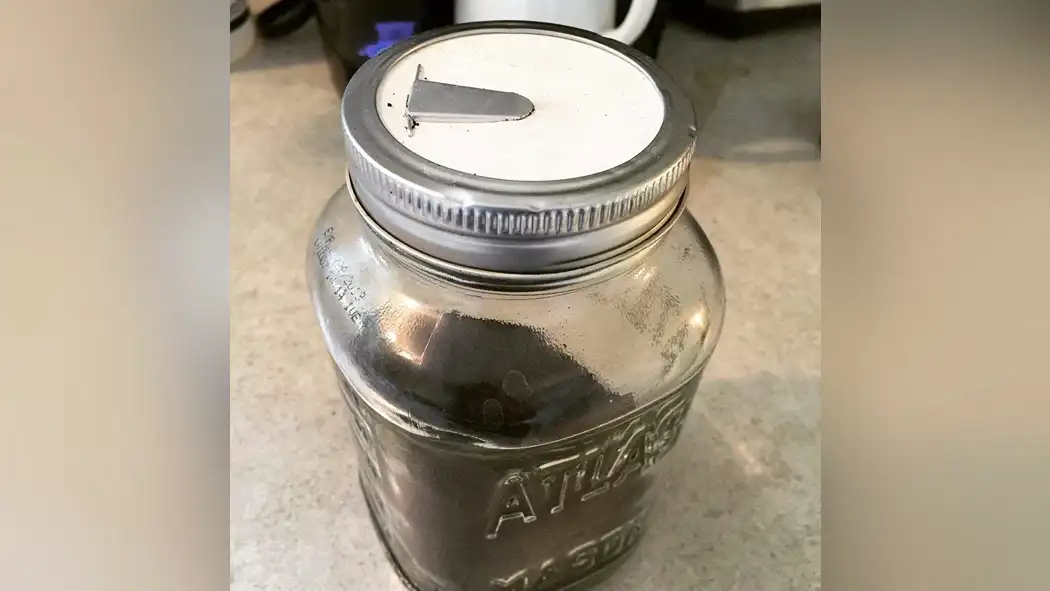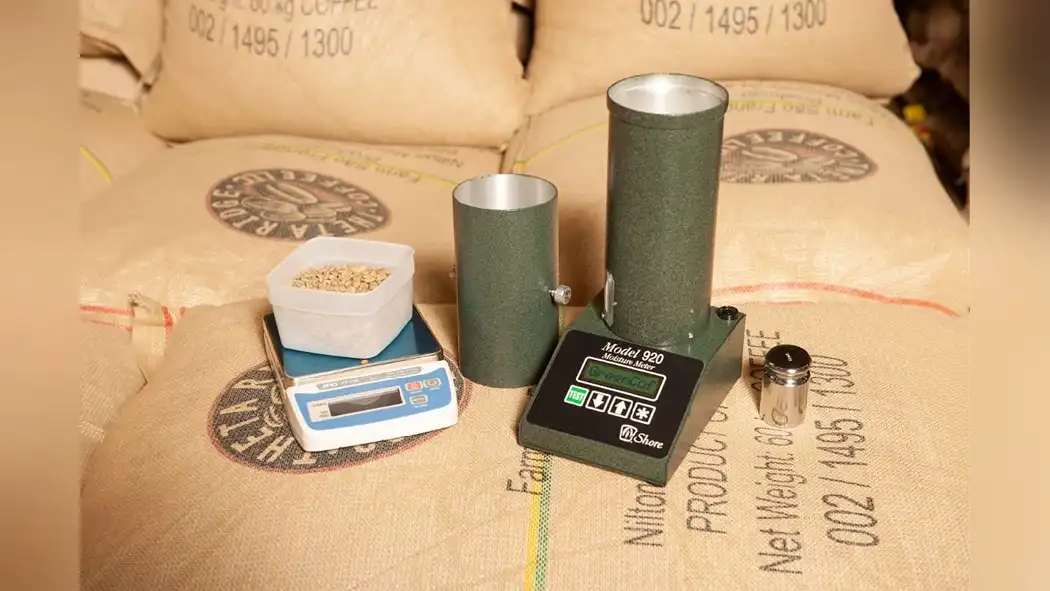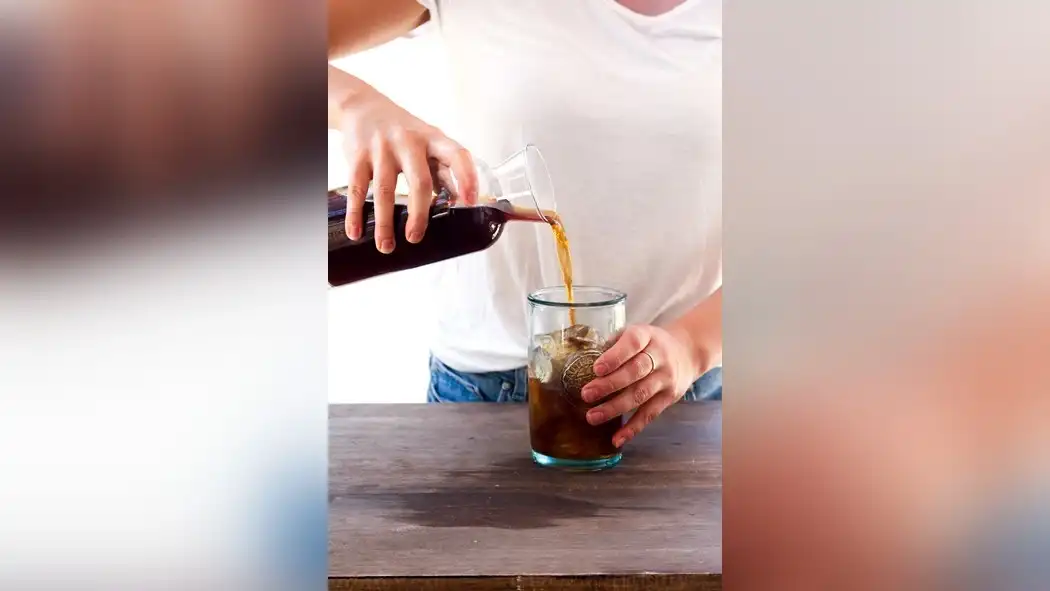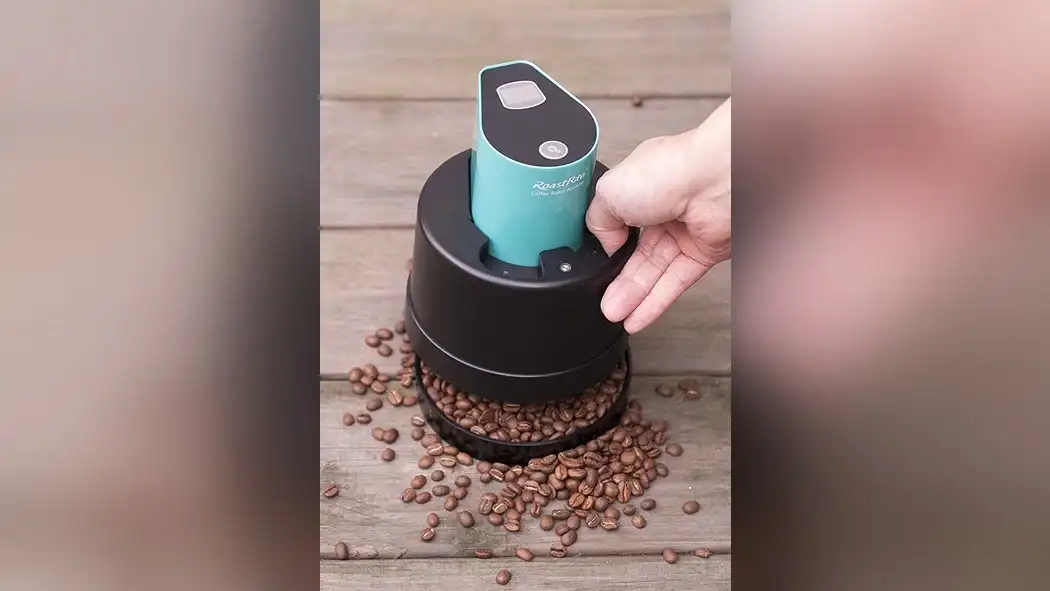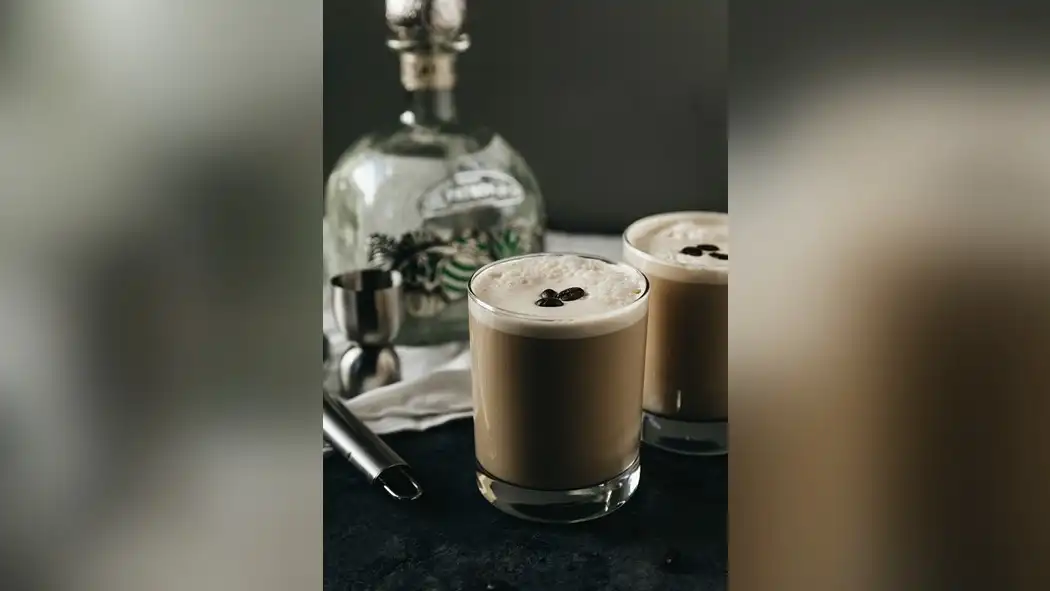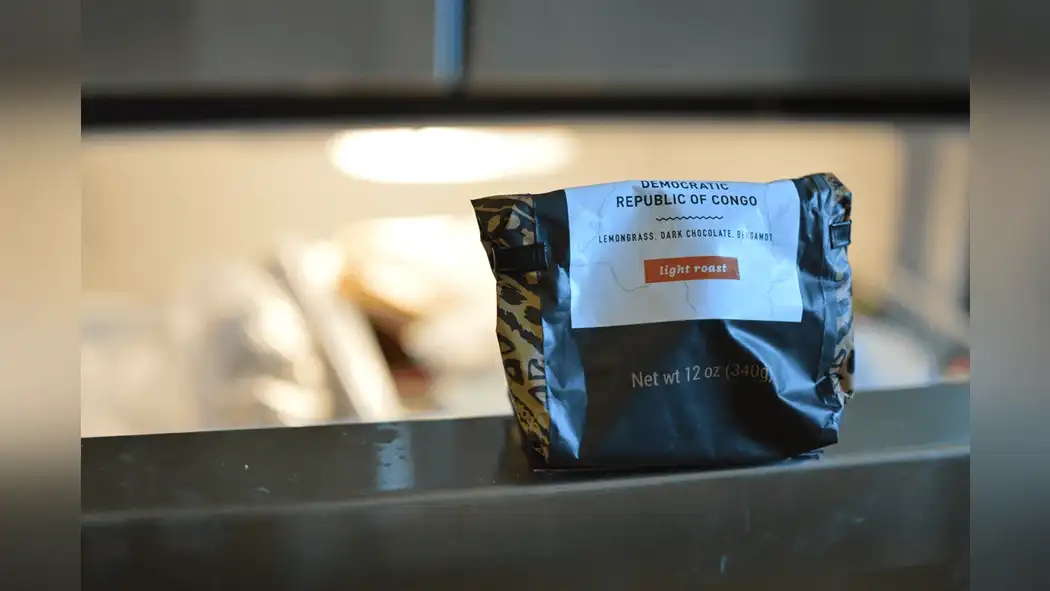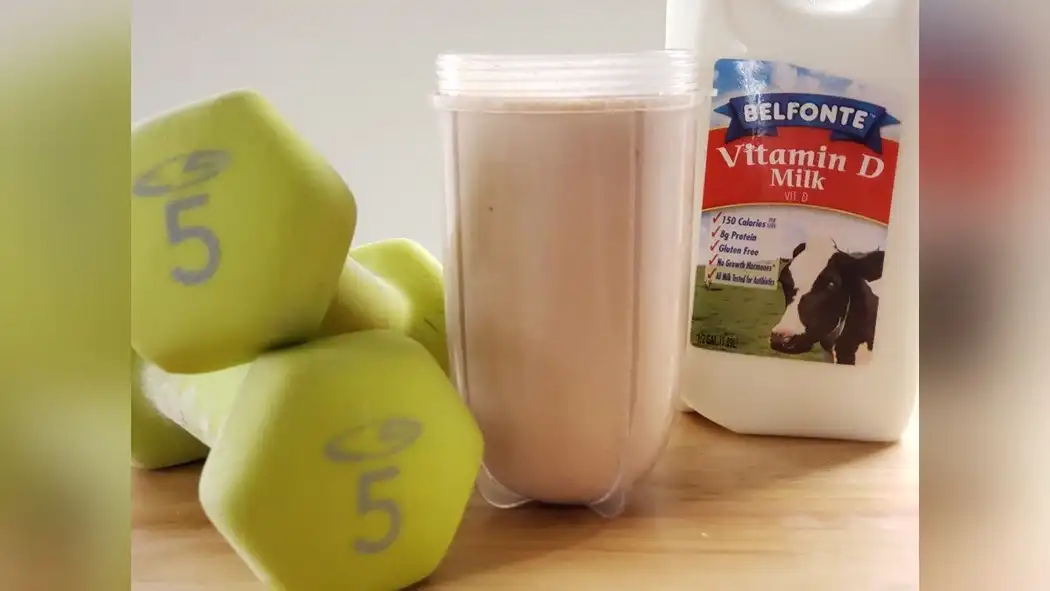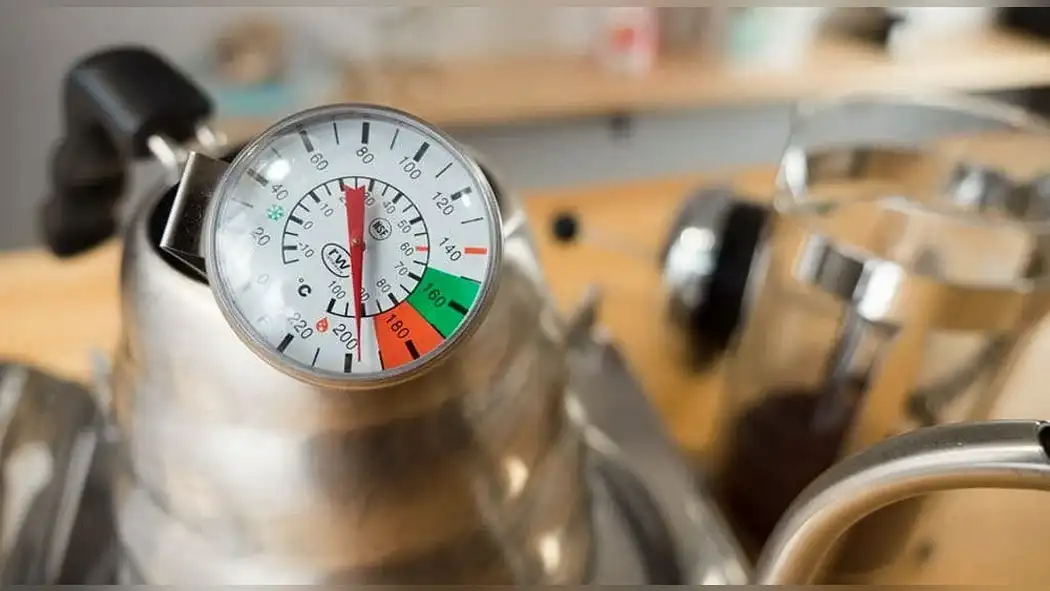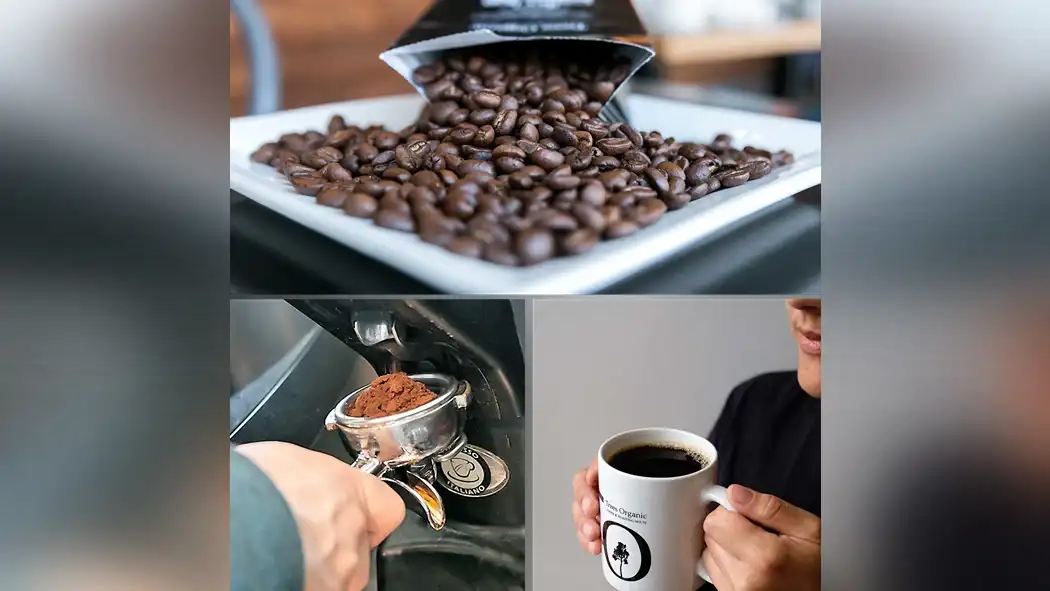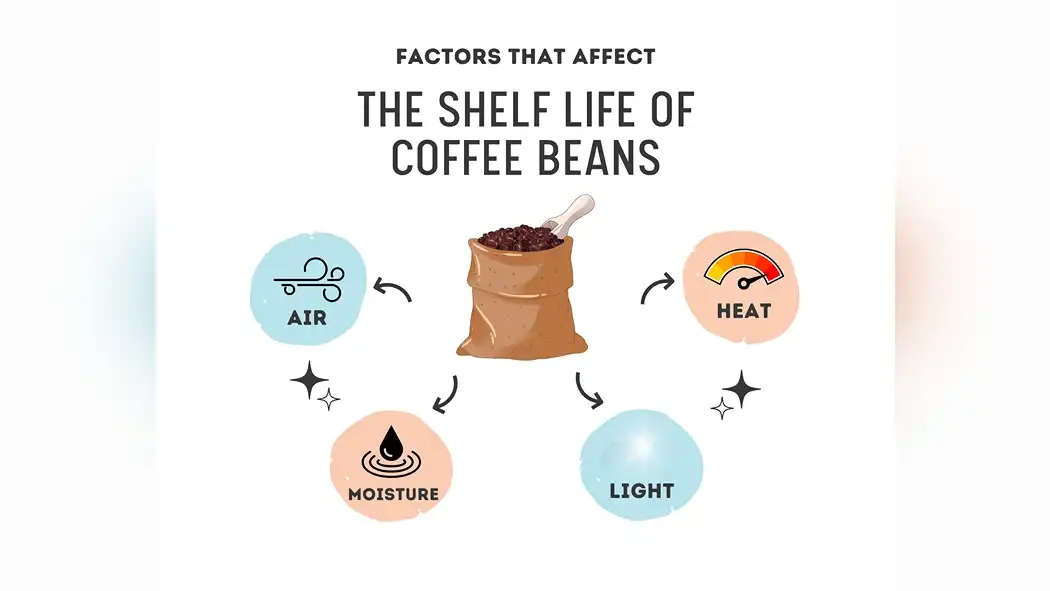Do you crave that rich, enticing aroma every time you brew a cup of coffee?
Discover the secrets to maintaining that perfect flavor profile. From understanding the impact of storage to choosing the right packaging materials, this article will guide you through the steps to preserve the essence of your favorite beans.
Learn how to control temperature and humidity, avoid exposure to light, and employ proper grinding techniques.
Get ready to savor every sip with these invaluable tips.
Understanding the Impact of Storage
To maintain the optimal aroma and flavor of your coffee, it's essential to understand the significant impact of proper storage.
The way you store your coffee can greatly affect its taste and aroma preservation. The ideal storage conditions for coffee involve keeping it in an airtight container, away from light, moisture, and heat.
Oxygen, light, and moisture are the enemies of freshness, as they can cause the coffee to lose its flavor and aroma quickly. Therefore, it's crucial to store your coffee in a cool, dark place, such as a pantry or cabinet.
Avoid storing it near the stove or in the refrigerator, as these places can expose the coffee to fluctuating temperatures and moisture.
Choosing the Right Packaging Materials
Now, let's talk about how you can choose the right packaging materials to ensure the freshness and flavor of your coffee.
When it comes to maintaining the aroma and flavor of your coffee, sustainable packaging is key. Here are three important factors to consider when choosing your packaging materials:
- Material Composition: Opt for packaging materials that are made from sustainable and eco-friendly sources, such as biodegradable or compostable materials. This not only helps in reducing environmental impact but also ensures that the aroma and flavor of your coffee are preserved.
- Oxygen Barrier: Look for packaging materials that have a high oxygen barrier. Oxygen exposure can lead to oxidation and degradation of the coffee, resulting in a loss of flavor and aroma. Packaging materials with a strong oxygen barrier will help to prevent this and maintain the freshness of your coffee.
- Airtight Seal: Choose packaging materials that provide an airtight seal. This will help to prevent any air from entering the packaging, further protecting your coffee from oxidation and ensuring the long-lasting aroma and flavor.
Controlling Temperature and Humidity
Maintain the freshness and flavor of your coffee by controlling the temperature and humidity.
Monitoring these conditions is crucial in preventing oxidation, which can greatly affect the taste and aroma of your coffee.
Temperature plays a significant role in the preservation of coffee's quality. It's best to store your coffee in a cool and dry place, away from direct sunlight and heat sources. Ideally, the temperature should be between 10 to 15 degrees Celsius.
Humidity, on the other hand, should be kept at a moderate level to prevent moisture from seeping into the coffee beans and causing them to lose their flavor. Aim for a humidity level of around 50 to 60 percent.
Avoiding Exposure to Light
To protect the freshness and flavor of your coffee, it's important to avoid exposing it to light. Light can cause the coffee beans to deteriorate faster, resulting in a loss of aroma and flavor.
Here are three ways to protect your coffee beans from light exposure:
- Store your coffee beans in an airtight, opaque container: Using a container that's both airtight and opaque will prevent any light from reaching the beans. This will help to preserve the flavor and aroma of the coffee.
- Keep your coffee beans in a cool, dark place: Heat and light can have a negative effect on the quality of your coffee. Storing your beans in a cool, dark place, such as a pantry or cupboard, will help to maintain their freshness and flavor.
- Avoid transparent coffee bean storage: Transparent containers may look aesthetically pleasing, but they allow light to penetrate and degrade the quality of the beans. Opt for containers that aren't see-through to provide maximum protection.
Proper Grinding Techniques
Grind your coffee beans properly to enhance the aroma and flavor of your brew. The coffee grinding process plays a crucial role in the extraction process, determining the size and consistency of the coffee particles.
Different brewing methods require different grind sizes. For example, for a French press, a coarse grind is ideal, while for an espresso, a fine grind is necessary. The right grind size ensures that the coffee is extracted evenly and efficiently, resulting in a well-balanced flavor profile.
In addition to grind size, the consistency of the grind is also essential. Unevenly ground coffee can lead to an inconsistent extraction, resulting in a brew that's both over-extracted and under-extracted at the same time.
Brewing Methods for Optimal Flavor
To achieve optimal flavor, you can explore different brewing methods for your coffee. Here are three brewing methods that can enhance the coffee extraction and improve the overall taste:
- French Press: This method involves steeping coarsely ground coffee in hot water for a few minutes before plunging the filter down. It allows for maximum extraction and delivers a rich, full-bodied cup of coffee.
- Pour-Over: With this method, hot water is poured over a filter containing medium-fine ground coffee in a slow and controlled manner. It ensures even extraction and produces a clean and vibrant flavor profile.
- Espresso: This method uses high-pressure water to force hot water through finely ground coffee quickly. It creates a concentrated and intense coffee extraction, resulting in a bold and robust flavor.
Best Practices for Handling and Serving
To ensure your coffee maintains its aroma and flavor, there are two key points to consider: proper storage techniques and ideal brewing temperatures.
By storing your coffee in an airtight container in a cool, dark place, you can protect it from moisture, air, and light, which can all negatively impact its taste.
Additionally, brewing your coffee at the recommended temperature range of 195-205°F will help extract the best flavors and aromas from the beans.
Proper Storage Techniques
To properly store and preserve the aroma and flavor of your coffee, you should use an airtight container. Here are some best practices for handling and serving coffee:
- Vacuum sealing: Vacuum sealing your coffee beans or grounds can help maintain freshness by removing excess air from the storage container. This prevents oxidation and slows down the staling process.
- Airtight containers: Choose containers that have airtight seals to keep moisture and oxygen out. This will help preserve the flavor and aroma of your coffee for a longer period of time.
- Store in a cool, dark place: Coffee is sensitive to heat, light, and humidity. To maintain its quality, store it in a cool, dark place away from direct sunlight, heat sources, and moisture.
Ideal Brewing Temperatures
When brewing coffee, it's important to maintain ideal temperatures for the best flavor and aroma. The ideal brewing temperature ranges from 195 to 205 degrees Fahrenheit (90 to 96 degrees Celsius). This temperature range allows for proper extraction of the coffee's flavors without causing it to become bitter or burnt. To achieve this, it's crucial to use brewing equipment that can accurately control and maintain the water temperature throughout the brewing process.
Different coffee bean origins may also require slight adjustments in brewing temperature to bring out their unique characteristics. For example, lighter roast coffees from high-altitude regions may benefit from a slightly lower brewing temperature, while darker roast coffees may require a slightly higher temperature to fully extract their flavors.
Paying attention to the ideal brewing temperatures will ensure that you enjoy the full potential of your coffee's aroma and flavor.
Conclusion
Congratulations! By following these simple tips, you can ensure that your coffee stays fresh and full of flavor.
Understanding the impact of storage, choosing the right packaging materials, controlling temperature and humidity, avoiding exposure to light, using proper grinding techniques, and selecting the right brewing methods are all essential to maintaining the aroma and flavor of your beloved coffee.
So go ahead, savor every sip, and let the delicious aroma transport you to your happy place.
Cheers!







